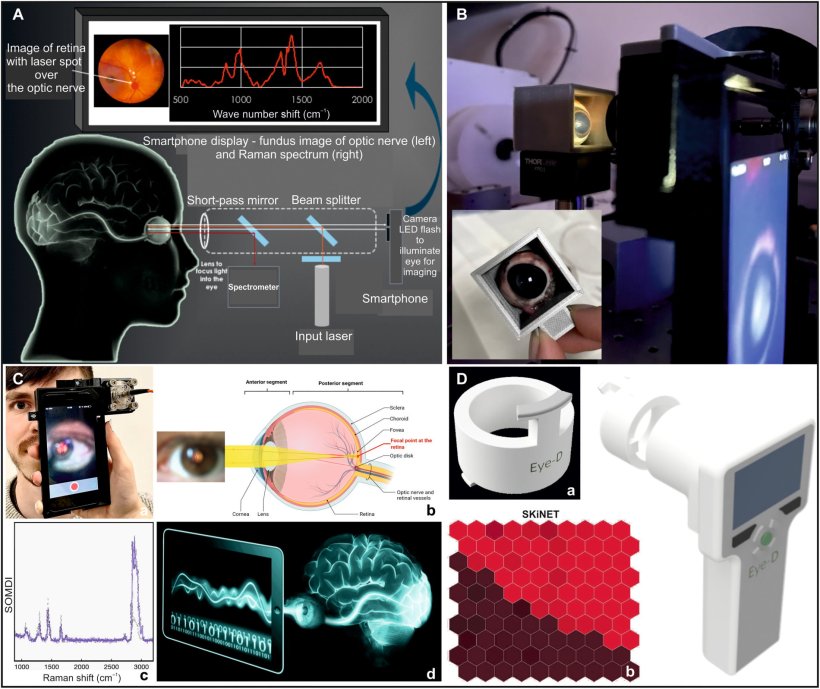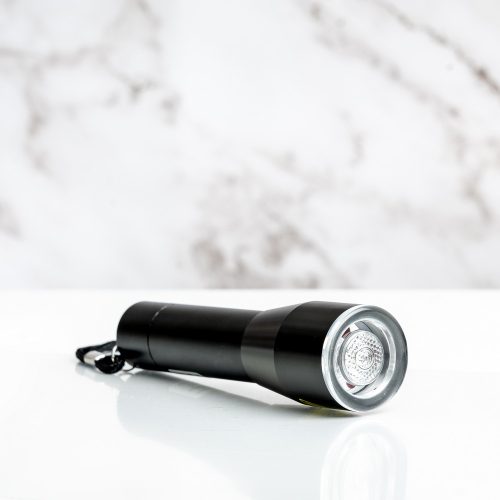Great News On Picking A Safe Laser Therapy
Great News On Picking A Safe Laser Therapy
Blog Article
What Is Low-Level Safe Laser Therapy (Lllt) Aid In Treating Ulcerative Wounds?
Safe Laser Low Level Laser Therapy (LLLT) is utilized to treat ulcerative wounds in several ways. It stimulates collagen synthesis, fibroblasts synthesizing and the creation of new blood vessels which are all vital for wound healing. This can help promote faster closure of ulcerative wounds.
Reduction of Inflammation LLLT provides anti-inflammatory effects by reducing cytokines that cause inflammation and encouraging mediators to reduce inflammation. LLLT may be used to reduce the inflammation of ulcerative sores. It can aid in healing by improving the healing process by limiting the amount of tissue damage.
Pain Relief LLLT reduces the pain through decreasing nerve conduction. It may also assist to alleviate discomfort in ulcerative sores, which can lead to severe discomfort.
Improved Blood Circulation LLLT improves vasodilation and microcirculation leading to an increased blood flow at the site of the wound. Improved blood circulation delivers oxygen and nutrients to tissues, encouraging healing and aiding in the elimination of waste products and toxins from the wound area.
Antimicrobial Effects - LLLT has been found to possess antimicrobial properties that can reduce the risk of infection in ulcerative wounds. LLLT lowers the risk of infection, and also speeds up healing by encouraging bacterial elimination and preventing the spread of infection to the wound.
Reduction of Scar formation - LLLT can help reduce the formation of scars in ulcerative injuries by promoting a proper tissue repair and remodelling. Through stimulating collagen fibers and promoting collagen bundle alignment, LLLT helps produce stronger, better organized scar tissue.
In general, low-level Laser therapy with Safe Laser promotes faster recovery with less pain, and better results for wounds. It is best to talk with a healthcare provider for the proper treatment and care of wounds that are ulcerative prior to using LLLT. See the best safe laser 1800 for site examples including lágylézer bérlés, lágylézer hatása, safe laser bérlés, gyógyító lézer, safe laser kezelés budapest, gyógyító lézer, gyógyító lézer, lágylézer készülék, gyógyító lézer, lagylezer terapia and more.
How Can Safe Laser Treatment Aid In Ear, Throat, And Nose Problems?
LLLT can help reduce inflammation through reducing the effect of LLLT. This can be beneficial for conditions such as sinusitis, rhinitis, and tonsillitis. Inflammation can trigger symptoms such as nasal congestion, sore throats and ear discomfort. This is beneficial for ailments like sinusitis, rhinitis, and tonsillitis, where inflammation can lead to symptoms like nasal congestion, sore throat and ear pain.
Pain Relief LLLT modulates pain perception through nerve conduction, and decreasing the release of pain-related mediators like substance P. In ENT ailments, LLLT can help alleviate pain associated with earache, sore throat or sinus pressure.
Enhanced Tissue Healing- LLLT stimulates cell metabolism and growth and accelerates tissue repair and regeneration. LLLT may speed up healing for ENT conditions like pharyngitis as well as otitis.
LLLT improves circulation of blood by enhancing microcirculation vasodilation and blood flow within the affected areas. Increased circulation could increase oxygen and nutrients within the tissues. This aids in healing and reduces inflammation.
Antimicrobial effects - LLLT may have antimicrobial properties, which may help lower the bacterial load or viral load in the throat or nasal passages. This is helpful in treating conditions like tonsillitis or sinusitis.
Relief of Allergy Symptoms – LLLT can help reduce the symptoms associated with allergic rhinitis hay fever and other allergies by reducing inflammation in your nasal passages as well as your sinuses. This may result in less nasal congestion and nasal sneezing.
Treatment of TinnitusManagement of Tinnitus LLLT has been investigated as a treatment option for tinnitus, a condition that is characterized by buzzing or ringing in the ear. LLLT is not fully researched, could enhance blood flow to the auditory system, and may reduce inflammation, leading to less hearing.
Safe Laser low-level therapy can be a non-invasive and medication-free method to manage problems with the throat and ear. It may provide relief from symptoms as well as speed up healing. It is important to talk with an ENT specialist to determine the correct diagnosis and treatment recommendations before making use of LLLT to treat ENT issues. Take a look at the recommended lágylézer for website recommendations including lagy lezer, lágy lézer vélemények, lezer kezeles, lágylézer hatása, lágylézer kezelés, orvosi lágylézer, laser hu, laser hu, lézeres fájdalomcsillapítás, lágylézer bérlés and more. 
How Long Will It Take For The Safe Laser Device To Work On Conditions Of The Ear, Nose And Throat?
Safe Laser low-level Laser Therapy (LLLT) can have varying effects on ENT conditions. This is due to factors such as the type of condition being treated, its severity and the health of the individual and the way they respond to treatment. ENT conditions are best treated using a series LLLT treatments spread over a long period of time.
The number of LLLT sessions will be contingent on the severity and type of ENT conditions. Conditions such as sinusitis, rhinitis, tonsillitis, otitis media or laryngitis can require different treatment approaches and varying amounts of LLLT sessions.
Individual Response to Treatment - factors like the state of health, immunity and healing ability can affect the way a patient reacts to LLLT treatment for ENT conditions. Certain patients might respond faster to treatment and have faster improvements in symptoms while others may require more time for treatment.
Treatment Protocol - An ENT specialist's treatment plan will decide the amount and frequency LLLT sessions needed to treat ENT conditions. The treatment program can be adapted to the specific needs of the patient and could also include scheduling LLLT treatments at least once per week.
Acute vs. Chronic Conditions- The difference between chronic and acute ailments will also affect the number of LLLT sessions required. For acute conditions, like acute sinusitis, acute pharyngitis, or acute pharyngitis may require fewer sessions to relieve. Chronic conditions could require more sessions.
Others may require a longer period of treatment to get the desired results. To maximize the therapeutic benefits associated with ENT issues, it's essential to adhere to the treatment schedule and attend every scheduled LLLT sessions. It is important to keep in touch with your ENT in order to track the symptoms and adjust treatment plans as needed.